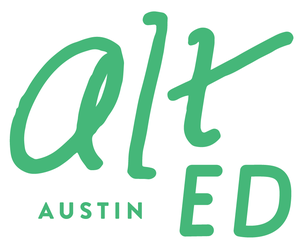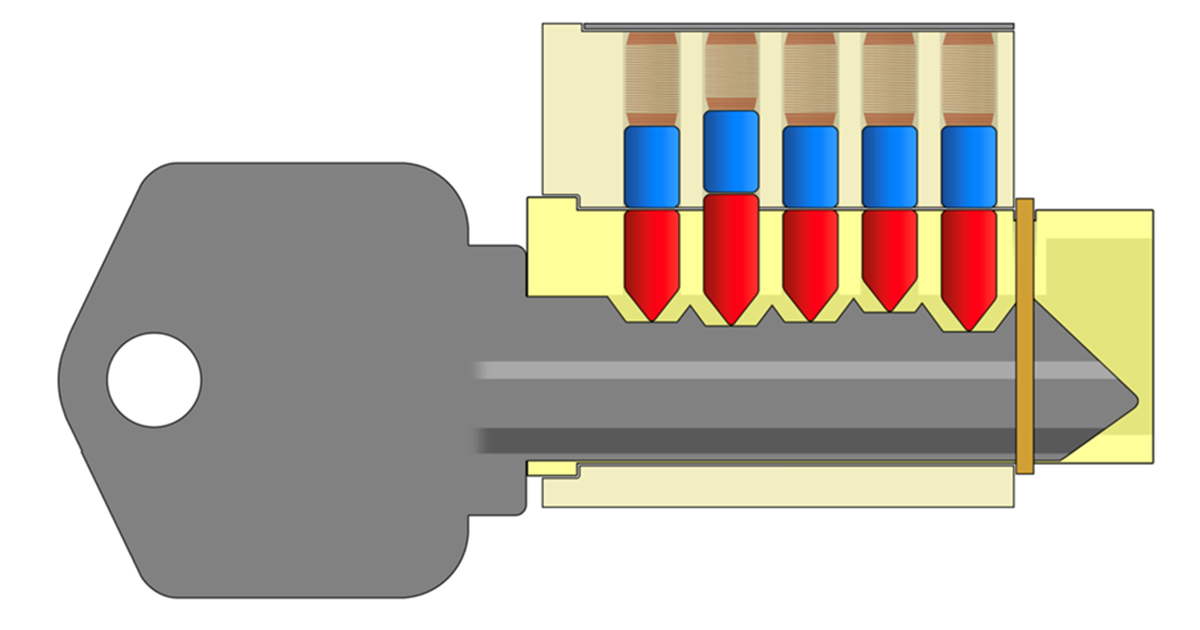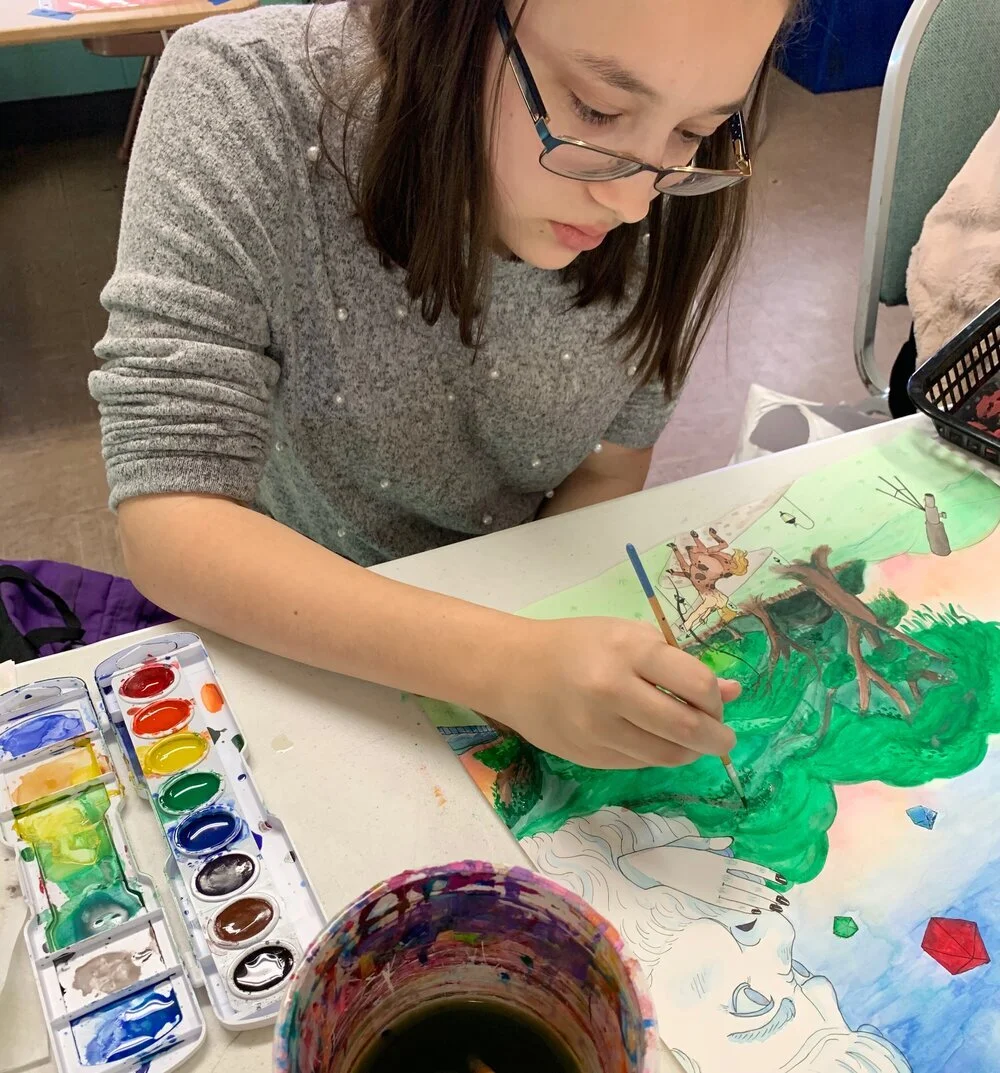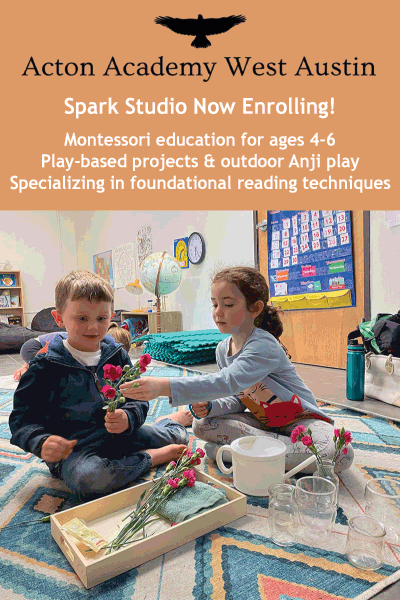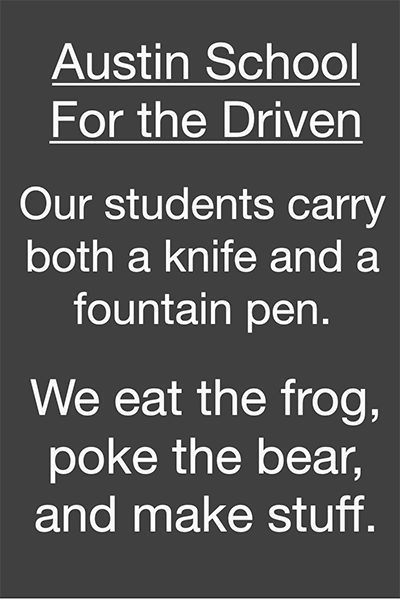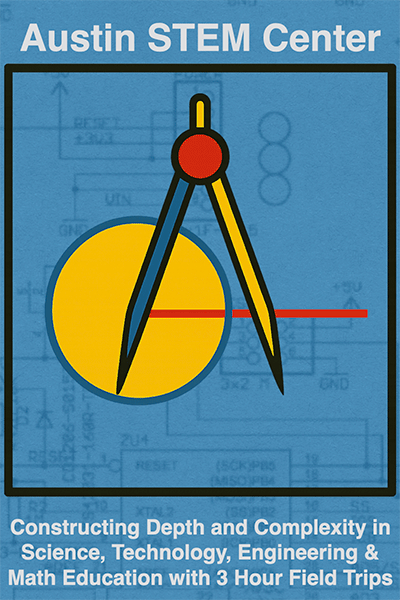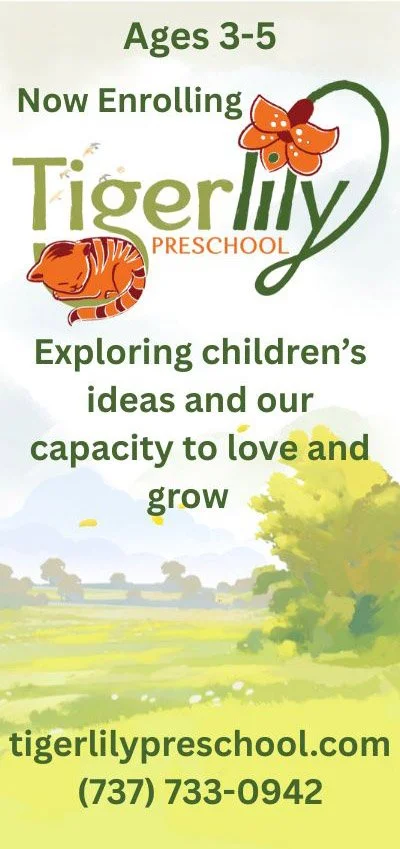Not pictured: Aran joins her for some stump climbing, and they spend a little more time passing the brush back and forth for sweeping, before moving on to something else.
I’m thinking about how I generally like to encourage the children to build the skills to be able to navigate these situations with less & less adult intervention, and I often try not to be the decider of “you have two more minutes, then it’s the next person’s turn.” But also–beyond waiting—not getting a turn at all can be very frustrating!!
I really like Marie’s tool of having a promise board—if we run out of time before someone gets a turn, a promise is written for a turn at the next chance we get.
An additional strategy: If we are getting close to a transition, I might say quietly to the person who’s having the turn, “you know, we only have about 10 minutes left before it’s time for snack, and I notice that Aran’s been waiting for a turn for a long time. Do you have some ideas of how he might get a turn?”
I like empowering the children to think about what feels right and fair. Usually I’ll get some version of “Maybe we can do it together!” or “Maybe we can find another one just like it, if someone else is done” or “Actually, I’m done. Here you go Aran!” and it’s true—very rarely, almost never, does it happen that the waiting goes on forever.
Further teacher dialogue:
Marie: In this situation I see two children, who know and care about each other, experiencing some workable frustration around waiting. Emme’s got some smart ideas to help manage her time. Here are some more generalized thoughts from me on waiting and turns. “Can you think of a way” is helpful for children who have a lot of language and skill. I also think sometimes children need the support/reassurance of a structured here’s-how-to-get-a-turn.
Lulu: Yes! I could see adjusting this language in the moment to something more structured, like "To make sure Aran gets a turn, some kids might try using the brush together.” (See if that works.) “Another idea is finding something just like that thing you're using.” (See if that works.) . . . “Maybe, another idea is counting to 10 while you finish using it" and see what kind of ideas generate from there. Ultimately, if nothing sticks, "I'm hearing that you're just not ready to be done right now. Can you please come find Aran and let him know when it's his turn? To Aran: “Let's see what interesting things we can find to do while you wait."
Marie: I like the notion that we will always help you get a turn, and help the waiting part be not so hard. I try to help so that the ones least able to wait get through the quickest. Thinking again about manageable frustration.
Lulu: I'm trying to envision how this works. Like if someone is having a hard time waiting, they'd get to jump the waiting line to get their turn quicker? I'd like to know more about this! I can definitely see how we all have different capacities for how much frustration we can hold, until we spill over, and how it can fluctuate depending on the day.
Marie: So, let’s say we’re introducing a new material and it’s two people at a time, and I know one of the people wanting a turn badly has a very hard time waiting. I’d be putting them in the first group if that were possible. Maybe not always. But I’m probably putting some thought into the order.
Lulu: Ah okay! Yes, I see how in a situation like that, where it's more of a structured offering, we'd be thinking about how to plan an order.
Marie: For kids who are working on using their words—Z grabbing stuff, for example. Or how Charlie can be quieter about a need—if he’s asking for a turn-—I’m going to do my best to check in with him—you might want to try the such and such too… Kid (who hasn’t expressed that want yet but when asked realizes, yes!): Yeah! Me: Okay, let them know you’d like a turn next please.
I’d help that kid get the payoff of getting that turn they are asking for/being helped with language to ask. Sometimes getting a turn feels crucial to build trust between me and a new child. That this is a place where you’ll get to do the things you’re interested in, and here’s how to get your name on the list / say you would like to be next / let another child know you’re still using the shovel. Sometimes that’s me, in the moment, making teacher decisions that should probably be followed up with discussions about fairness and how we make sure this is a good-feeling place for everyone.
Lulu: Yes, I can see how we'd want someone who is practicing at something (using words to ask) to feel successful. And how so much context of a situation can influence our decision making, in the moment.
Marie: Yes! In Reggio they’re very fond of saying “it depends.” Can you say more about what “Tigerlily agreements” are?
Lulu: I think in the specific agreement of Sharing, if someone is using something, we want to honor their agency to decide when they've used it and feel they've had a complete turn to explore to their satisfaction (and as a teacher goal, that the children would be able to build executive function skills and eventually self-regulate in recognizing that someone needs a turn and how to respect that, or how to manage their waiting). I could see inviting the children to help build an agreement around sharing, and teachers having a bigger discussion before deciding something as a School Culture Agreement. Maybe a better phrase would be that those are my personal goals as a teacher.
Marie: Sure, a simple guideline for that falls under the idea about not taking things from someone, but if you’ve put it down / left the item without making a plan, it’s considered available.
Lulu: Yes, just a general guideline to fall back on. And that's a good reminder about "walking away being a signal to others that you're all done"! Kind of opposite, but I'm reminded of a situation today where Zia was swinging, but hopped off real quick to look at something interesting the group was ooohing and ahhhhing over nearby (a natural impulse), and Emme was waiting and watching for a turn, so she jumped to the swing as soon as Zia hopped out . . . but when Zia turned around just a moment later after satisfactorily checking out the Interesting Thing, he was visibly stunned for a moment to see the swing had been taken. The great thing here was Emme reading the situation before Zia even had a chance to say anything, and stepping back off the swing so that Zia could finish his turn, and I made a point to notice aloud that it was thoughtful of her to recognize that he actually wasn't done with his turn, even though he looked like he was for a moment. So, I guess, I’m pausing here to think about how context can factor heavily into how we utilize our rules of thumb.
Marie: Right now, I’m watching the swings to see how the children are self-managing turns. There’s some turn taking with an agenda happening—Z and one of the olders swinging, another older also wanting a turn. It was sort of assumed that obviously Z should be the one to get off. Which isn’t a bad strategy exactly; he probably will be the first one to get off! But that will feel unfair at some point, and perhaps rightly so.
Lulu: Yeah! Absolutely. No one but Zia should get to decide when Zia's turn is finished. I'd like to pay close attention to the swinging too, and if anyone is being pressured to end a turn, then support that with a boundary: you can let the swinging people know you'd like a turn, and they can reassure you that someone will come tell you when it's your turn. Let's think of a plan for what can happen while you wait, and if someone is feeling pressured to be done, let's give them a little space to have their turn.
Marie: If Zia had been there a long time, the waiting kid had indicated they needed a turn, and was still waiting and waiting, I would probably teacher-decide Zia’s turn was ending soon. Maybe just notice out loud first. I would then probably say let’s count to X and then give Aran his turn, it’s been a long wait and I’d like him to have a turn before we have to go inside.
Lulu: I hear that and respect it as an option you might choose. For me (and possibly you too? if it felt right for you, but you get to say, of course), I don’t think I’d leave the child to be waiting and waiting, unless that was the choice they made. I’d see it as an opportunity to help with some skill building around what we can do while we wait, adaptive thinking in “how I can manage the waiting,” communication acquiring in saying, “I’m ready for a turn, don’t forget about me,” emotional recognition (it’s feeling hard for me to wait), etc.
Marie: I would support making a “how you get a turn” system to manage the waiting when needed; in the past it’s been something like counting to 30 and then the next kid gets a turn. A list to put your name down to sign up, so you can go do your thing and get called over when it opens up. Like Emme and your good question about how to help the waiting.
Lulu: I think a list could be helpful! But I'd want to see the children using that system mostly on their own, so I'm not managing the list, but supporting them if confusion arises. For my own personal strategies, I'd use counting down as a last resort, as it can be arbitrary and feel like a forced turn-ending, which I'd like to avoid. But I could see inviting the "child having the turn" to count down for themselves, if it felt like an idea that worked for them.
Marie: Why avoid ensuring turns happen, as teacher?
Lulu: Not avoiding ensuring turns happen, but being okay and supportive if having a turn doesn't happen exactly as the child expects it to (so, supporting with a promise on the board, a talk about how it was disappointing to not have a turn, a plan for more materials when possible, a plan for next time). I'm especially thinking of moments where organically someone wants a turn with something being used, the clock runs out, it's time to transition, the turn didn't happen. Theoretically, having a group of 10, but only 2 swings, or something like that. At the Corazón park, there was only one swing. Sometimes there'd be a line of 4 kids, but it was time for us to go.
Marie: I like kids to not spend their time waiting and waiting- so brainstorming ideas like “Do we need more of the in-demand tool? What feels fair?” It would be a great next-day meeting topic: “It was hard yesterday with the _____. Let’s make a plan so everyone who wants to use the _____ gets a turn to do so today.”
Lulu: Yes, I love this! Group idea generating usually turns out some great solutions and is so empowering for the kids! At the end of the day, it can be really hard to see the waiting child end the play period without getting their turn in the moment but can be a real opportunity for executive function practice. I'm so happy about our toolbox of support ideas. I think, from my experience, more often than not, the person next in line usually gets a turn after a few minutes, and the waiting practice can be as valuable (or more?) than the Getting a Turn Very Soon. I'd love to use this as a focus of my documentation, just to help myself understand if my perception matches up to reality. Also, I'm envisioning the Outlast Wheelbarrow (one of the new materials waiting for us at Tigerlily proper) being a thing we might get lots of practice with on this! :)
Marie: Say more about how not getting to have a turn benefits the child.
Lulu: Some nuance here: Not saying that not getting to have a turn benefits the child. That would be hurtful, I think. But Yes saying that the Practice of Waiting (or Practice of Managing Disappointment when your turn doesn't happen as soon as expected) benefits the child, I think, specifically in the areas of Executive Function skill building (adaptable thinking, planning, self-monitoring, self-control / impulse control, working memory, time management, and organization). For me, my goal would be that the waiting child, in time, gets a turn, utilizing all the tools we have in place—but not at the expense of forcing an ending of a turn for someone else before they are ready. I can see trust building by ensuring that someone gets to have a turn, but I can also see trust building by ensuring autonomy and agency for a child to decide when they're done (if they are enjoying a material safely). My plan is to pay attention to how Turn Taking plays out in the coming weeks, and report back!
Marie: Yes, I think the wheelbarrow will teach us lots! :)
Lulu Bautista and Marie Catrett | Tigerlily Preschool
